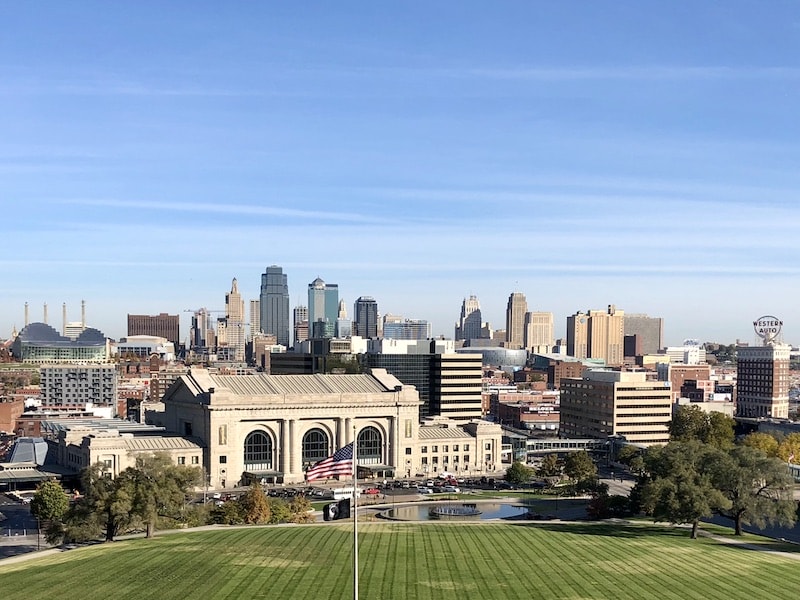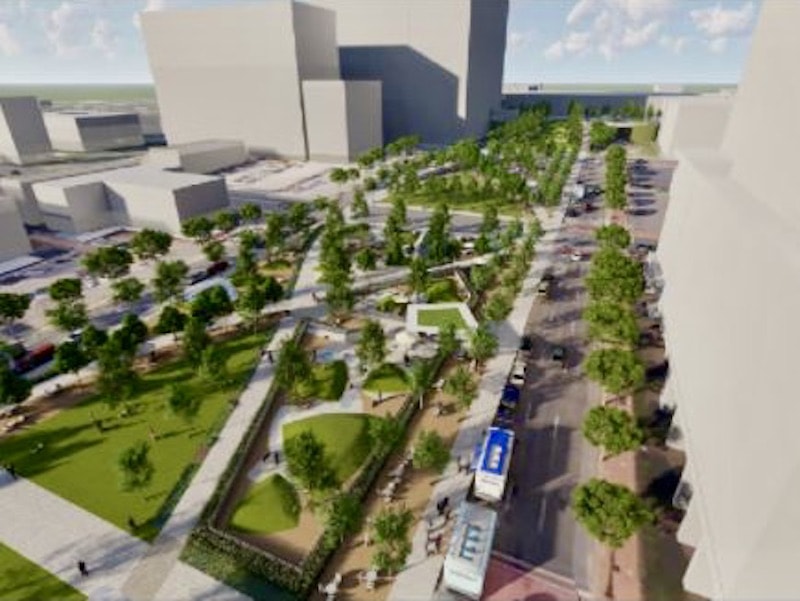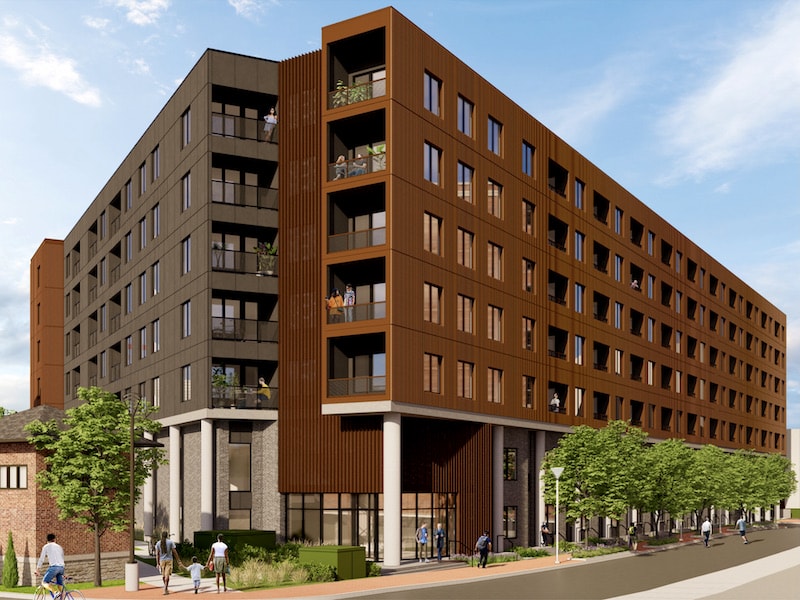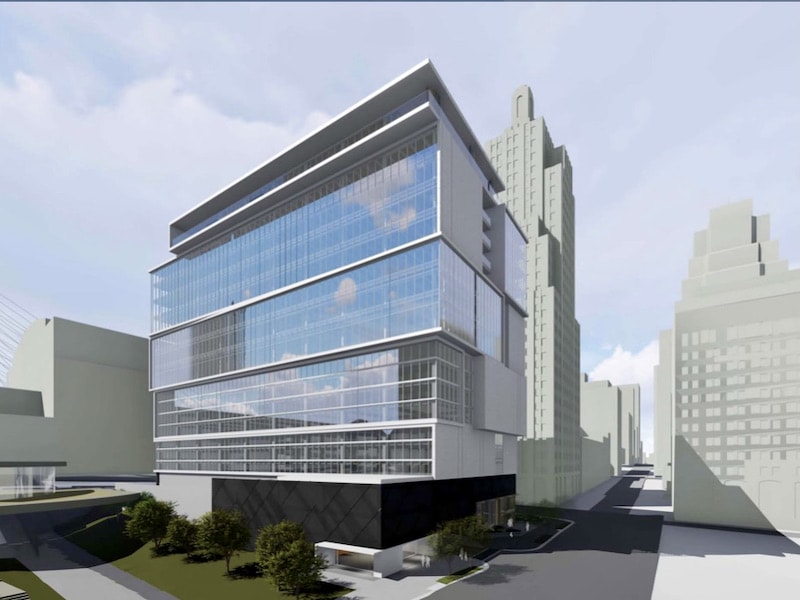Commentary: Looking Ahead to 2022

Published January 4th, 2022 at 12:30 PM
COMMENTARY
By Kevin Collison
A Tweet from Mayor Lucas over the New Year weekend inviting thoughts and questions about 2022 pushed my ambivalence off the fence about writing a beginning of the year opinion column.
We hear plenty this time of year from pundits musing about the nation and the world, but since hyper-local greater downtown reporting with a dash of advocacy is the mission of CityScene KC, I’ll accept Mayor Q’s invitation.
First off, my suggestion to hizzoner was to find ways to heal or at least reduce the divisions on the City Council that took deep root last year. North vs South, East vs West, Black vs White, Pro-Police vs Police Reform, Downtown vs East Side…it was a rocky year.
Because Kansas City has a weak mayor/Council/city manager hybrid government that thwarts executive authority, the biggest task for any mayor to be effective is to shape and lead a working consensus of Council members.

The proposed South Loop Link would cover a four-block stretch from Wyandotte to Grand. (Rendering from Downtown Council)
Looking ahead, one of the most important tasks before the Council is to repeal or amend ordinances it approved early last year that have hamstrung development in greater downtown and the Main Street corridor.
The affordable housing ordinance that mandated residential projects seeking tax incentives to set aside 10 percent of their units as extremely affordable and another 10 percent as affordable appears to have fulfilled the fears of the private sector.
The Council also scaled back the amount and duration of property tax abatements projects could receive, and required that prevailing (union scale) wages be paid to workers.
Developers had warned the economics of the combined ordinances, particularly the extremely affordable requirement, would make projects financially unfeasible and that appears to be largely the case for the 2022 pipeline.
There was a flood of applications submitted to City Hall before the laws went into effect last April, and a trickle since then.

The 193-unit Tracks apartment project broke ground in December in the Freight House District, whether more apartment deals move forward in 2022 may depends on whether the City Council modifies restrictive tax incentive policies approved early last year. (Rendering from Helix)
Council members need to work cooperatively with the development industry to come up with workable policies. If not, projects will be built outside the city in places like North Kansas City or Johnson County.
It’s also important to recognize projects proposed for the greater downtown and Midtown are not where the affordable housing challenge will be solved for families. They’re overwhelmingly geared toward one- and two-person households.
When it comes to granting tax incentives, city and development agency leaders also need to do a much better job educating the public. With limited exceptions, incentives are not hard cash provided by taxpayers to subsidize developers.
Most incentives, particularly property tax abatements, are a gradual reduction in future tax revenues for a defined period. The properties continue to generate the same amount of tax revenue to schools, libraries and other taxing jurisdictions.
The key question is deciding objectively whether a project needs incentives to be financially viable. If the decision is yes, then criticism about lost tax revenues is disingenuous at best. If no, then we’ll see whether the project moves forward.

The Katz apartment project planned near the streetcar stop at 39th and Main will use the rooftop of the historic drugstore for a pool and other resident amenities. (Rendering from Hoefer Welker)
Continuing with development, the city needs to take maximum advantage of the streetcar extension from downtown to UMKC in 2022. It is a generational opportunity to revitalize that corridor and add thousands of new residents and more businesses to the city.
While the streetcar will make Main Street much more appealing, it is not a substitute for providing tax incentives where necessary. The upfront additional cost of redeveloping old buildings and brownfields isn’t altered by the arrival of a streetcar.
The streetcar also is not a City Hall incentive.
Half its cost is being paid by the federal government, the remainder by the residents and businesses in its Transportation Development District through a special property tax assessment and increased sales tax.
Around the horn, the riverfront received a huge boost as a future destination with plans for an extension of the streetcar to Berkley Park, a pedestrian/bicycle bridge along the Grand viaduct, a professional women’s soccer stadium and a major redevelopment of the casino property.

The planned $70M National Women’s Soccer League stadium on the riverfront will be privately financed. (Rendering from Generator Studio)
To capitalize on that momentum, Port KC should, and says it will, require more dense residential development than has been the case. There are already plans for a mid-rise project, and hopefully more to come in 2022.
Troost Avenue continues to see a revival in the corridor near Hospital Hill. More apartment projects are in the works, but again, new proposals are hampered by the Council affordable housing demands as well as some gentrification-related blowback.
For decades, the lament has been lack of investment along Troost and farther east. Nobody has been displaced by these new projects that have restored vacant buildings and developed empty lots.
The city should continue to welcome developers along Troost, 18th and Vine and other neglected parts of the East Side, but I would like to offer one suggestion for 2022.
The definition of economic development in the urban core is too often associated with apartment, retail and entertainment projects. It’s time to laser focus on attracting investment that creates good, accessible jobs that can support families.
Some of those massive distribution facilities going up on the perimeters of the metropolitan area, far from public transportation, should be locating within the city, preferably with good transit access like the former Bannister Complex industrial park at 85th and Troost.

The office tower originally intended to be the Waddell & Reed HQ has been rebranded 1400KC and is being marketed for other office tenants. (Rendering from CBRE brochure)
And a growing, greater downtown will continue to be a major source of accessible jobs in the urban core. Just look at Hospital Hill, arguably the biggest generator of new employment in recent years.
So far, the key element missing from our 21st Century downtown revival as a place to Live, Work and Play has been the lack of new, private jobs.
A big task for 2022 will be to land new tenants at the 1400 KC office building and persuading other companies that downtown, not the suburbs, is where they want to be to attract good employees.
When it comes to the expected big influx of federal infrastructure dollars, it would be wise for the city to establish priorities for big civic proposals in 2022.
The reconstruction of a badly deteriorating Barney Allis Plaza should be at the top. Decking the South Loop with a park and healing the noisy freeway rift that divides the central business district from the Crossroads would be next.
As for a converting the old Buck O’Neil Bridge into a linear park, there are huge questions: who would pay for building the park? Who would own, operate and program it? And who would be responsible for the long-term maintenance of the bridge structure?

A potential scenario for a mixed-use development anchored by a downtown ballpark.
Finally, what would a look at 2022 be without talking about bringing the Royals downtown?
From all indications, owner John Sherman wants to build a downtown ballpark on the six-block East Village redevelopment site northeast of City Hall. The buzz is the plan would entail much more than a stand-alone ballpark.
It would be a mixed-use development that would include hundreds of new apartments, many of them affordable; bars and restaurants that would generate revenues to help pay for the ballpark, and potential office and other uses.
Moving forward with a downtown ballpark proposal depends on what improvements the Chiefs want at Arrowhead and its environs as part of its side of a lease that links both professional franchises.
And while the teams’ proposals are expected to reduce the ask from the public as much as possible, there likely will be a request for federal and local tax incentives, and at least the renewal of the current 3/8-cent Jackson County sports facility sales tax.
Here’s to everyone having an open mind when a new ballpark deal comes forward in 2022.
Happy New Year!


